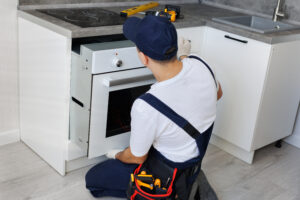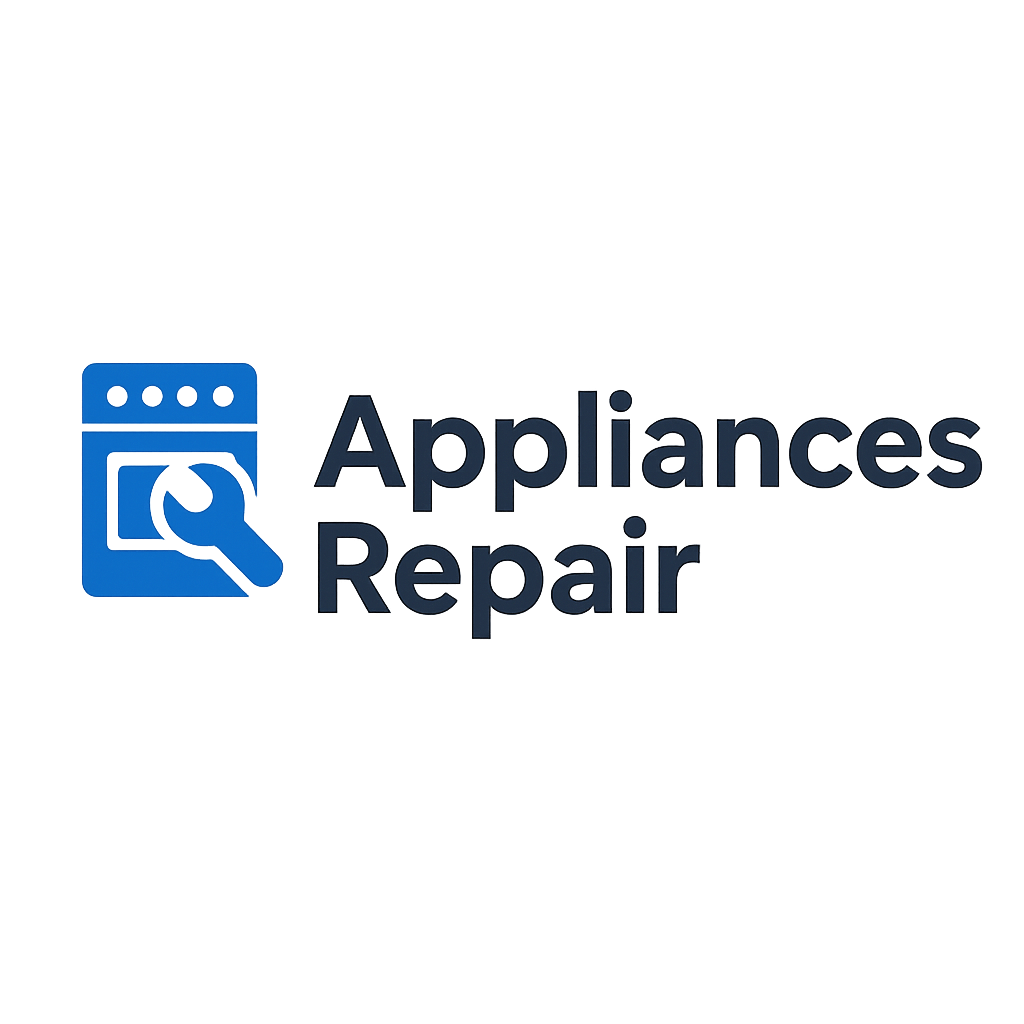
Intrduction
Have you ever stepped out onto your porch, looked up, and wondered “Is that crack in my Chimney repair near me getting any bigger?” You’re not the only one. As homeowners, we tend to forget about our chimneys until we find out the hard way when smoke begins to fill our living room while hosting Christmas dinner. Let me help you avoid that situation.
Finding reputable chimney repair near me used to be my personal headache until I was able to figure out who the true pros were in chimney& I can probably fix that.“
I’m going to take you through exactly what to look for when your chimney is in distress – from spotting the warning signs, to knowing what to ask before you hand over your credit card. And just wait till you find out how much my neighbour paid to have a repair done that should have cost half as much.
Signs Your chimney repair near me Needs Professional 
Visible Cracks and Deterioration
Cracks in your chimney? That’s your chimney raising a red flag. These cracks are not just an issue of aesthetics. Small cracks will soon join together and become bigger problems, especially during freeze thaw cycles where water can seep in freeze and then expand.
Take a walk outside and look up. Do you see hairline cracks in the exterior masonry? Any missing bricks or damaged chimney crown? All of these entities are yelling “fix me NOW” before a minor repair turns into a full blown rebuild.
Do not dismiss the diagonal cracks, most likely because they mean you have a foundation settling issue which can affect your entire chimney structure! The longer you wait, the more expensive the fix becomes. I have seen thousands upon thousands of dollars saved as a result of addressing chimney cracks earlier than later!
Crumbling Mortar Joints
Chimney brick mortar is not just there to look pretty – it is the glue that holds the structure together. When it starts to crumble away (called “spalling” in the trade), your chimney is, literally falling apart.
You can feel the mortar joints. If you feel sand-like particles or pieces are crumbling in your hand, then your mortar is deteriorating. This crumbling mortar will allow moisture to enter your chimney structure and significantly add to the deterioration.
Most homeowners will need a repointing job (that is replacing crumbling or worn-out mortar) done every 20-30 years at best. If you allow mortar spot maintenance to fall by the wayside altogether; you will eventually need to rebuild your chimney completely.
Foul Odors or Poor Ventilation
Your nose knows when something’s up. Do you smell a musty, sooty smell coming from your fireplace when you are not using it? This is a red flag.
Proper chimneys create draft that pulls smoke up and out. If smoke pours back into your living room or takes forever to clear, you have improper airflow, something blocking it. This could be creosote, a damaged flue liner or even an animal nest.
The problems with ventilation are not only annoying, but potentially dangerous. Poor drafting inhalation means
Common chimney repair near me: Problems and Solutions
Damaged Chimney Caps and Crowns
The chimney cap and chimney crown are like a protective umbrella for your chimney. Whenever cracks or breaks occur, you’re essentially giving Mother Nature an invitation to your home!
What are the signs of damage to your cap or crown? You may find water stains on your ceiling, concrete around your chimney base, or limited visible cracks looking up. Don’t take such signs lightly!
When you have a broken crown, moisture is allowed to enter the brickwork which will create those pesky freeze/thaw cycles that lead to small expensive repairs. A broken cap? You might as well roll out the red carpet for birds, squirrels, and raccoons to move into.
This is not a quick fix. You need proper repairs, chimney repair near me sealed against moisture using waterproof sealants, or calling in your crowns for full reconstruction. If you like to do this, this is when you best leave it to the professional!
Flue Liner Issues
Your flue liner is the silent guardian of your chimney system. It’s the pathway for smoke and toxic gases to exit the building, and it protects your house from excess heat.
Cracked or failing liners put you at risk. They can allow carbon monoxide, a tasteless and colorless poison, into your living space, and they can put flammable parts of your house in the path of extreme heat. Not what you want when you’re trying to have a cozy night in front of a fire.
Clay tile liners can crack after years of heat exposure, and metal liners can corrode with the acidic byproducts of your fires. Either scenario is obviously a safety concern.
So what do you do? Sometimes you only require a liner repair, but frequently you will require a full liner replacement with a stainless steel or cast-in-place liner. The cost is minor when you consider the risks involved.
Creosote Buildup and Fire Hazards
Creosote—that black, tar-like substance lining your chimney walls—is essentially a house fire waiting to happen.
Creosote builds up every time you start a wood fire, and it builds up even faster if you are burning unseasoned logs or if you are maintaining low and slow fires. If you have about 1/8 inch of creosote built up in your chimney, you have a significant problem.
The worst part? Creosote is flammable, highly flammable. With one stray ember, you could ignite a creosote fire, which can send flames shooting up your chimney. In fact, chimney fires can burn hotter than 2,000ºF., which could crack your masonry and set your house’s wooden structure on fire.
You should definitely get your chimney cleaned annually. There are several companies that will come out to your home and professionally clean your chimney, which is a non-negotiable necessity. When you do burn a fire, try to work exclusively with seasoned hardwoods, and make sure there is plenty of airflow in your fireplace. There are also some chimney sweep companies who provide creosote removal treatments that help chemically break down your creosote deposits in your chimney to have less build up between your annual cleanings.
Structural Damage from Weather
Mother Nature has a way of showing no mercy on any chimney. The elements work tirelessly over time, rain and snow, temperature changes and wind, to wreak havoc on your chimney.
Spalling bricks, where the face of the brick will flake off, is a prime example of how water has contacted your masonry. Those beautiful winter icicles hanging from your chimney? Those are early warning signs that there is a moisture issue.
Over time, the freeze and thaw cycles and the wind can loosen mortar joints and create avenues for more water damage. Not to mention what will happen if the chimney is struck by lightning because it doesn’t have the proper protection.
The fixes can range from a simple tuckpointing, which replaces any damaged mortar, to partial or total rebuilding if it is really that bad. A waterproofing treatment can add years of life to your chimney since it provides a breathable barrier to moisture.
A leaning chimney is the one chimney issue you need to address immediately. It is not just an aesthetic issue, it is a structural issue and is more than likely going to topple if you don’t fix it.
Benefits of Hiring Local Chimney service near me Professionals

Quick Response Times for Emergencies: Chimney service near me
There is nothing worse than when you find yourself in a chimney emergency on the coldest night of the season. Local professionals who are only a few minutes away can usually get to your house in just a few hours, not days, and offer same-day service for major chimney issues like chimney fires and substantial leaks.
Since you found someone local, follow-ups are easy. It’s a lot easier to get someone back to your house across town than wait weeks for a company that is coming from three counties away.
Understanding of Local Building Codes Chimney service near me
You might be surprised to learn that building codes can be completely different from city to city, and your local chimney service expert deals with these codes everyday, and are currently up to date on any changes that might have been made to the building codes. This alone will save you major headaches. Nothing’s worse than paying for your chimney because it was not up to code later on. Local professionals will know exactly which permits you need and how to get your repairs done in way that will make it pass inspection the first time.
Community Reputation and References
The best part of hiring local? You can actually speak with fellow neighbors who have used the company’s services. Online reviews are great, but you can’t put a price on what Mrs. Johnson down the street says about how their team fixed her chimney rebuild last winter.
Local companies establish themselves on their reputation within the community. They are not travelling through town to make fast money – they are invested in your community. Most local companies will be happy to give you references from people in your neighborhood who experienced similar chimney problems.
